18 Easy Tips For Picking The Freshest Fruits And Veggies
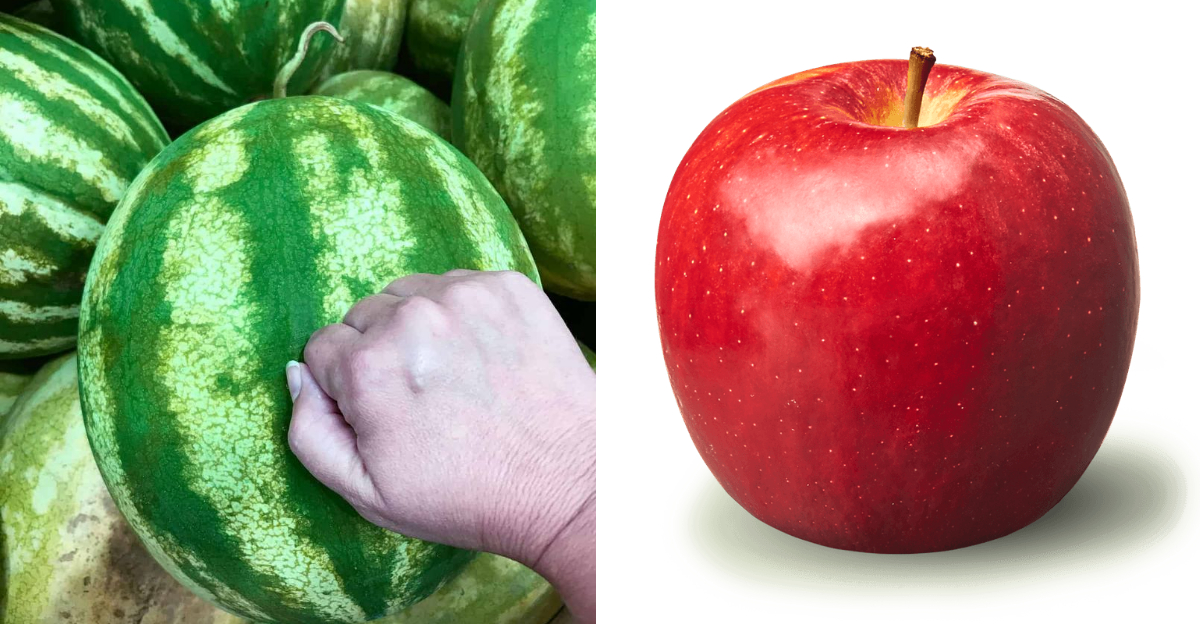
Selecting the freshest fruits and vegetables is an art that can enhance your culinary experience and ensure optimal flavor. These 18 tips are designed to make you a savvy shopper, capable of discerning the best produce with ease. From color cues to texture tests, each tip is your guide to a more fruitful shopping trip.
1. Vibrant Color
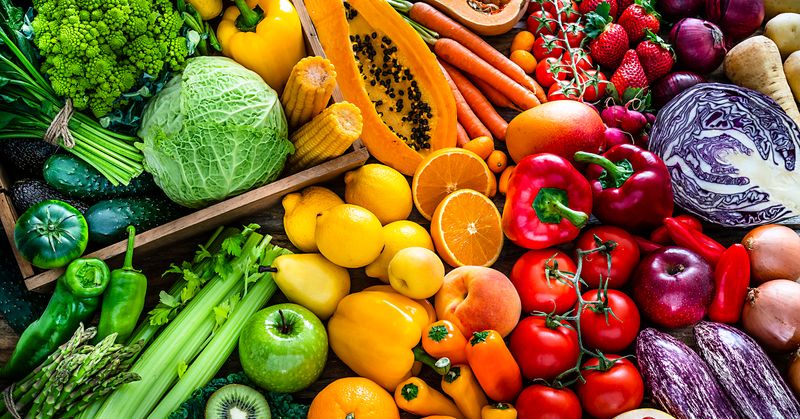
Colors speak volumes when it comes to freshness. A vivid display of berries, bell peppers, or citrus fruits often indicates peak ripeness and flavor. Imagine walking through a bustling farmer’s market with a rainbow of produce beckoning you. As you reach out for a plump strawberry or a shiny bell pepper, the bright hue tells you it’s ready to delight your taste buds. The vibrant colors are not just eye-catching; they signal the presence of essential nutrients and flavors. When you choose boldly colored produce, you’re not only feeding your body but also indulging your senses.
2. Avoid Bruises and Soft Spots

Nothing spoils the enjoyment of fresh produce quite like discovering bruises or soft spots. Imagine the disappointment of biting into an apple, only to find it’s mushy inside. When selecting fruits and vegetables, feel them gently. Hard, smooth skin is a sign of freshness, while any dents, dark patches, or mushiness suggest age or damage. It’s like choosing a firm handshake over a limp one; you want produce that promises a robust, crisp experience. These checks can help ensure that the food you bring home is as fresh as possible, ready to provide delicious, wholesome taste.
3. Smell the Stem End

Your nose knows when it comes to picking the perfect fruit. A sweet, fragrant aroma from the stem end of melons, pineapples, or peaches can be a telling sign of ripeness. Picture yourself in the produce aisle, lifting a ripe melon to your nose. If it’s ripe, a delightful scent greets you, hinting at the juicy sweetness inside. This aromatic experience is akin to sniffing a fine wine before tasting; it builds anticipation and promises satisfaction. Don’t be afraid to follow your nose—it can lead you to the freshest and most flavorful picks available.
4. Check for Weight
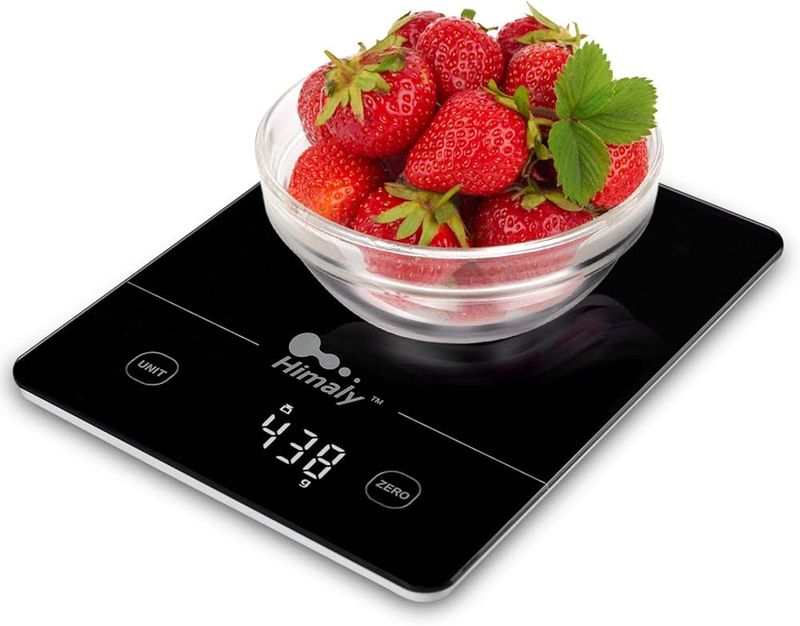
Weight can be a surprising indicator of freshness. A heavier-than-expected fruit or vegetable signals juiciness and vitality. Picture picking up a watermelon that feels dense and substantial in your hands; it promises refreshing hydration. Conversely, a light, airy feel might suggest dehydration and diminished quality. Just like a well-crafted loaf of bread has a satisfying heft, produce with substantial weight usually harbors full flavor and vitality. So, next time you’re shopping, trust your instincts and the scale of your hand to guide you to the freshest selections.
5. Tap for a Hollow Sound (Melons)

The simple act of tapping can reveal so much about a melon’s ripeness. Imagine standing in the grocery aisle, lightly tapping on a watermelon and hearing a resonant hollow sound. This acoustic cue is your green light that the fruit is ripe, juicy, and ready for your summer picnic. It’s like knocking on a door before entering; it assures you that what lies inside is worth discovering. This method, passed down through generations, is a timeless trick for ensuring the melons you pick are at their peak, ready to offer refreshing sweetness.
6. Gently Squeeze for Firmness
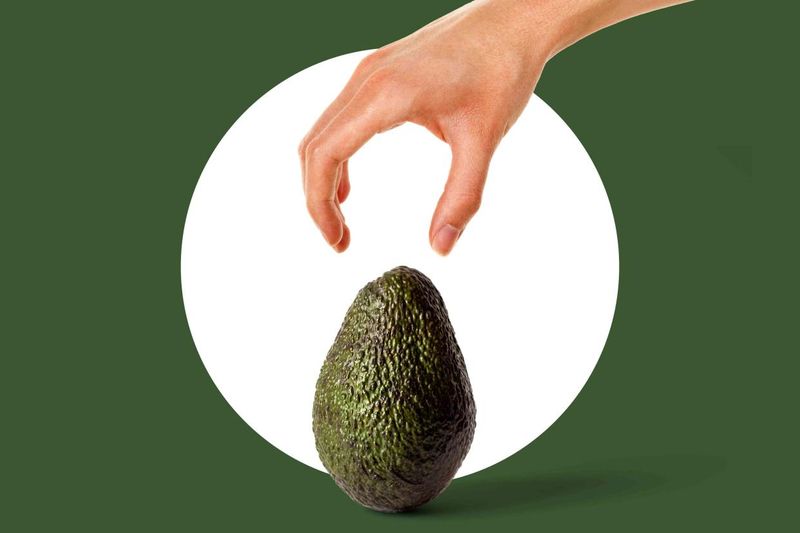
With some fruits, a gentle squeeze is all it takes to gauge ripeness. Imagine holding a ripe avocado, mango, or peach—you give it a slight squeeze, and it yields gently under your fingers. Too hard, and it’s underripe; too soft, and it’s past its prime. This tactile test is like a friendly nudge, letting you know the fruit is just right. It’s an intimate connection with your food, a moment where touch guides your choice. By mastering this technique, you ensure that each piece of produce you select is perfect for your needs.
7. Look for Tight, Crisp Leaves (Greens & Herbs)

When it comes to greens and herbs, crispness is key. Imagine running your fingers over a bunch of spinach or basil—each leaf taut and firm, exuding freshness. Wilted or slimy leaves are like yesterday’s newspaper, lacking vitality and interest. The crisp snap of a lettuce leaf is your assurance of its quality and longevity. These details are not just about appearance; they speak to the freshness and flavor locked within. By seeking out leaves that look as if they’ve just been plucked from the garden, you’re investing in the best nature has to offer.
8. Inspect the Stem Area (Tomatoes & Peppers)
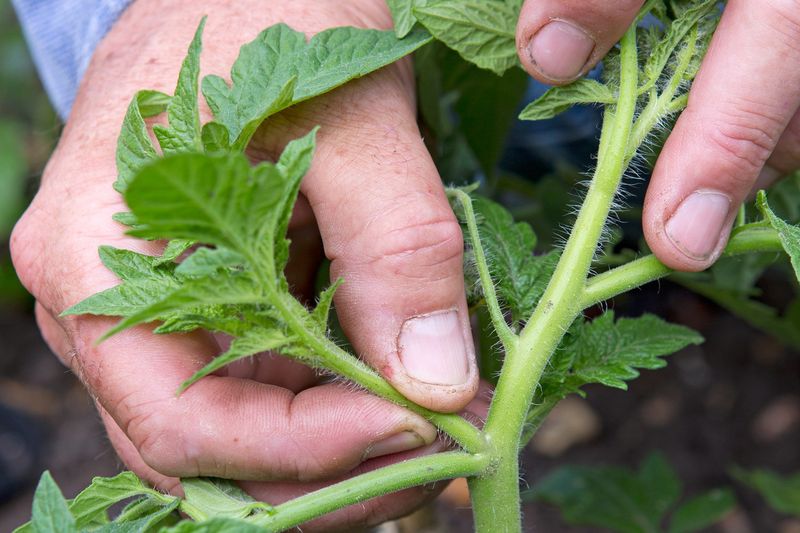
The stem area holds secrets about a tomato or pepper’s journey from farm to table. Imagine examining a tomato’s stem and finding it green and firm, a testament to its freshness. In contrast, a shriveled or darkened stem is like a postcard from the past, showing signs of age. The stem’s condition tells you how recently the fruit was picked and how well it’s been stored. By paying attention to these small details, you ensure that what you choose is vibrant and full of life, ready to enhance your culinary creations with its peak flavors.
9. Avoid Shriveled Skin (Root Veggies & Citrus)
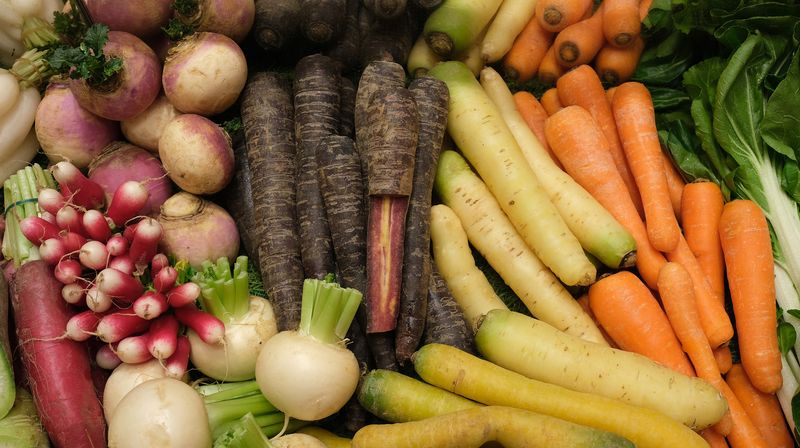
Smooth skin is a hallmark of fresh root vegetables and citrus. Picture a firm, smooth potato or a glossy orange, each one promising a burst of flavor. Shriveled skin signals moisture loss, a precursor to spoilage. It’s like the difference between a fresh loaf of bread and one that’s gone stale. When selecting produce, smooth, unblemished skin is your assurance of quality and freshness. By choosing items that appear fresh and intact, you’re investing in ingredients that will elevate your meals with their full, robust flavors and textures.
10. Look for Natural Bloom (Blueberries & Grapes)

The natural bloom on blueberries and grapes is a sign of freshness. Imagine holding a handful of blueberries dusted with a gentle, powdery coating. This bloom acts as nature’s protective layer, indicating the fruit hasn’t been overly handled. It’s a subtle mark of quality, like the sheen on a new car, suggesting minimal intervention. This delicate coating fades with time and handling, so its presence is a silent testament to the fruit’s journey from vine to market. Selecting fruit with this natural bloom ensures you enjoy the freshest and most flavorful bites.
11. Pick Strawberries with Green Caps Intact
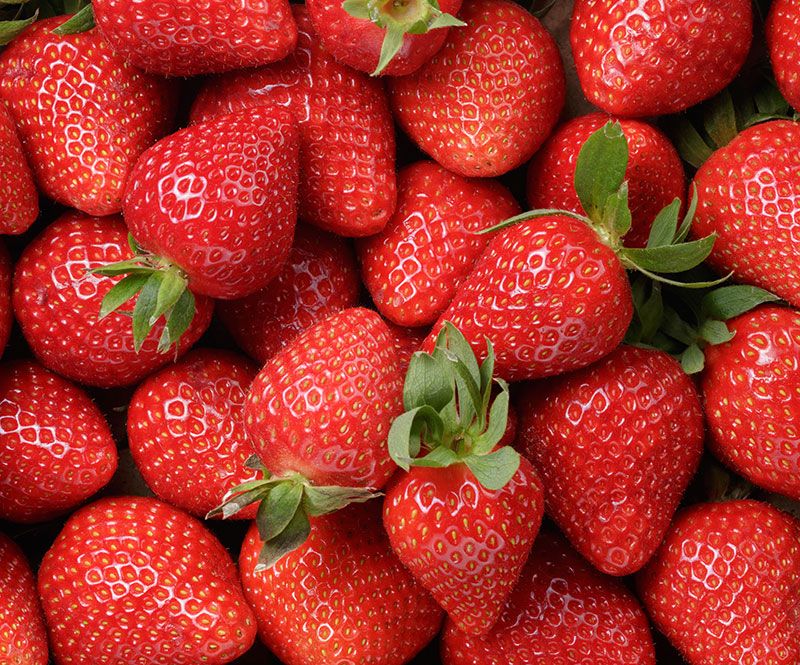
The green cap of a strawberry is a small but mighty indicator of its freshness. Envision a strawberry with a vibrant, green top, resembling a tiny crown. This cap not only protects the berry during growth but also signals its freshness. When the cap is brown or missing, it’s like a fruit without its charm, hinting at age and reduced quality. By choosing strawberries with their caps intact, you’re ensuring each berry is as fresh as a summer morning, ready to burst with flavor. This detail enhances your eating experience, adding a touch of nature’s perfection.
12. Feel for Snap in Beans or Asparagus
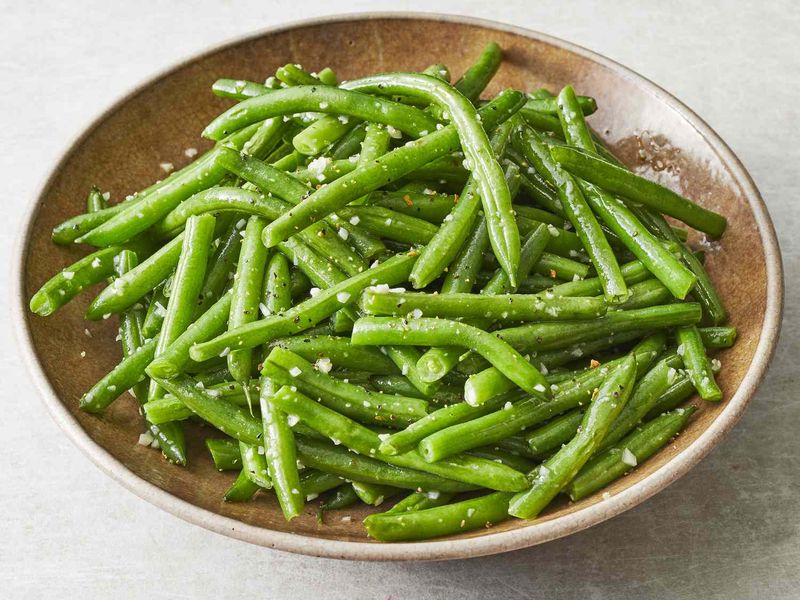
The crisp snap of a bean or asparagus spear is music to a chef’s ears. Picture standing in your kitchen, snapping a bean, and hearing that satisfying crack. This sound is a promise of freshness, a sign that the vegetable is full of life. A bend, on the other hand, signals age and a loss of vitality. It’s like the bounce in a fresh loaf of bread versus the stiffness of one that’s stale. By opting for vegetables that snap with ease, you’re ensuring your dishes are filled with the vibrant flavors and nutrients they deserve.
13. Choose Bananas with No Green Tips

The color of bananas can tell you much about their readiness. Visualize a bunch of bananas, each one a uniform yellow without a hint of green. These bananas are primed for immediate enjoyment, offering a sweet, creamy taste. Green tips suggest they’re not yet ready, perfect if you wish to ripen them at home. This choice is akin to selecting a wine at its peak maturity. By choosing bananas without green tips, you’re ensuring your selection is ready to provide instant satisfaction, bursting with the rich, tropical flavors you crave.
14. Avoid Moldy Ends on Celery or Lettuce
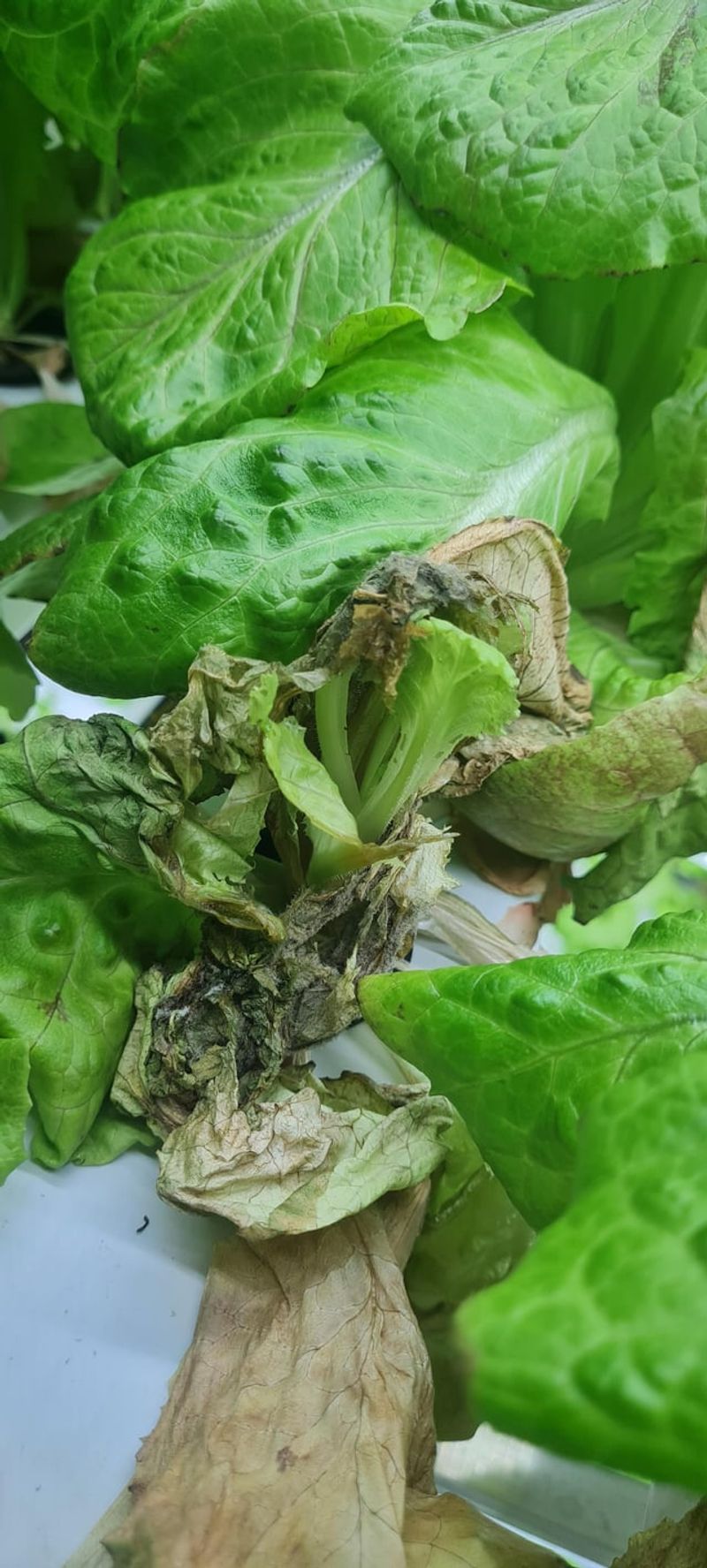
Moldy ends on celery or lettuce are red flags signaling decay. Imagine peering into your refrigerator and spotting mold creeping up the base of your greens. Even if the tops appear fresh, mold is the beginning of the end. It’s like finding a crack in a supposedly solid foundation. To ensure you’re bringing home the freshest greens, inspect the ends closely. By avoiding those with mold, you’re safeguarding the health and taste of your meals. Fresh, healthy greens are essential for vibrant salads and dishes, offering both flavor and nutrition.
15. Smell the Bottom of a Pineapple
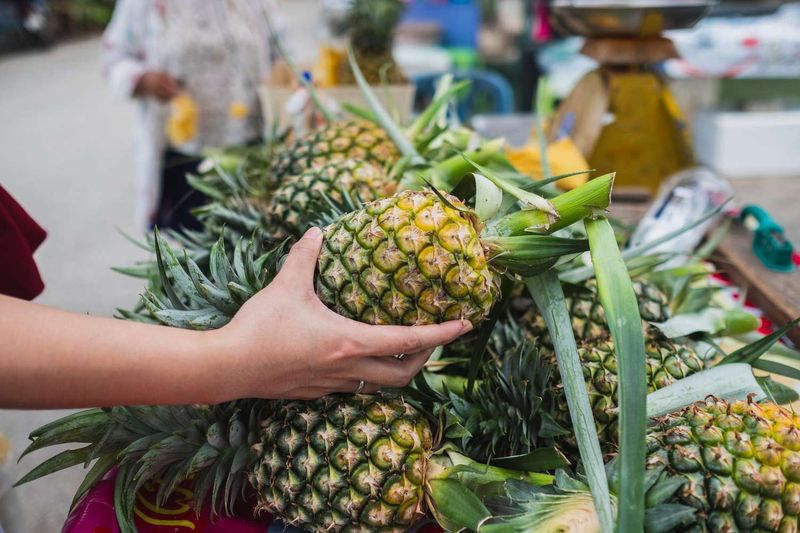
The aroma of a pineapple can be as telling as its taste. Imagine lifting a pineapple to your nose and inhaling its sweet, tropical scent. This aroma is a beacon of ripeness, inviting you to enjoy its juicy interior. A sour or fermented smell, however, warns of over-ripeness. It’s akin to smelling a fine wine before savoring it—aroma sets the stage. By trusting your nose, you ensure that every pineapple you select is a tropical delight, ready to offer its sweet, succulent flavors. This sensory check is a simple yet effective tool for choosing fresh fruit.
16. Buy Smaller Zucchini and Eggplant
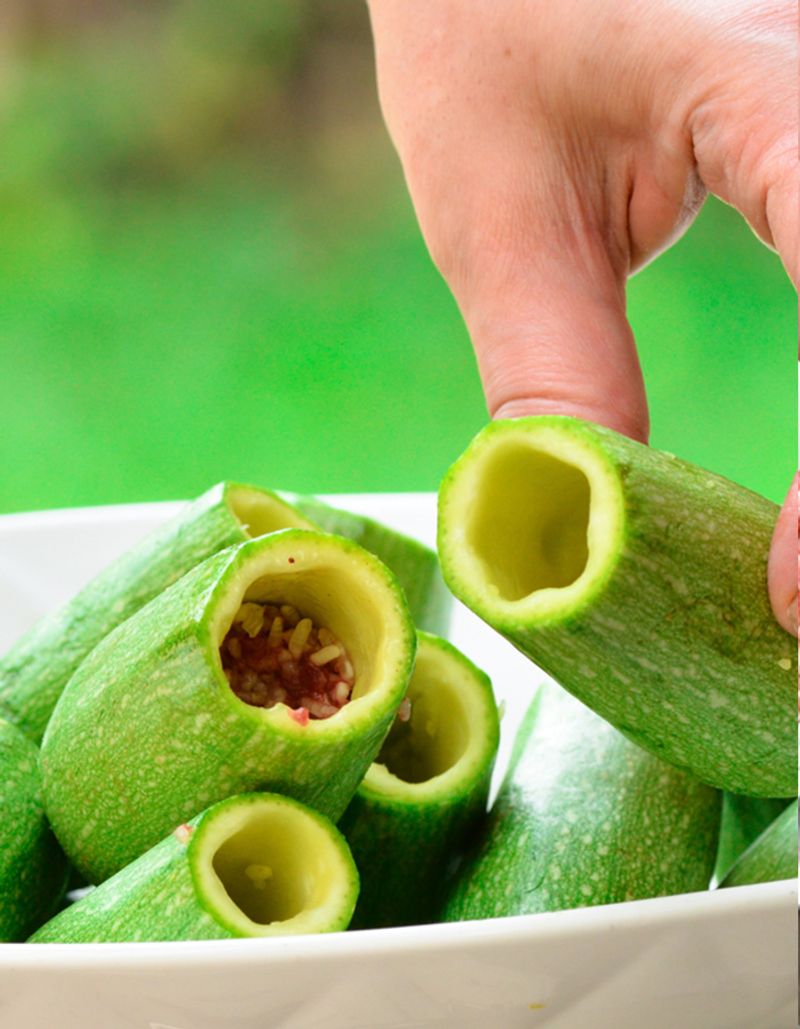
The size of zucchini and eggplant can greatly affect their taste and texture. Visualize young, small zucchinis and eggplants, each one tender and free from seeds. These smaller versions are sweeter and more enjoyable, offering a delightful culinary experience. Larger ones often carry bitterness and unwanted seeds, akin to choosing a small, handcrafted chocolate over a mass-produced bar. By selecting smaller specimens, you’re ensuring that each bite is tender and flavorful. This choice reflects a preference for quality over quantity, enhancing your dishes with the best these vegetables have to offer.
17. Choose Firm Apples with Shiny Skin

An apple’s skin can reveal much about its freshness. Picture a shiny, firm apple catching the light, inviting you to take a bite. This glossy exterior is your assurance of crispness and flavor, much like a polished gem. Dull, waxy, or bruised skin suggests the apple has seen better days, akin to a dull blade. By selecting apples with a smooth, shiny finish, you’re choosing quality and freshness, ensuring each bite is crisp and juicy. This attention to detail helps preserve the apple’s natural taste, providing a satisfying and nutritious snack.
18. Shop In-Season for Better Taste and Shelf Life
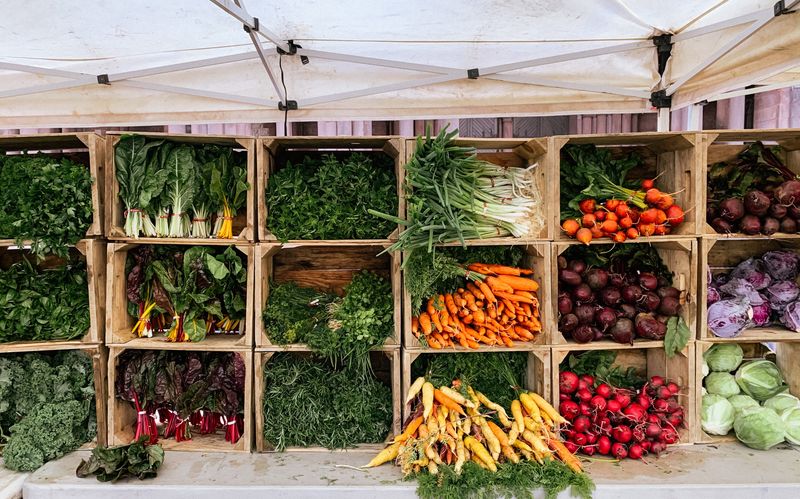
Seasonal produce offers unmatched taste and longevity. Imagine wandering through a farmer’s market, surrounded by the bounty of the season—each fruit and vegetable ripe and ready. Shopping in-season means enjoying produce at its peak, full of nutrients and flavor. It’s like savoring a dish made with the finest, freshest ingredients versus one with out-of-season components. By choosing seasonal produce, you’re not only supporting local farmers but also ensuring that what you bring home is fresh, flavorful, and long-lasting, enhancing your culinary creations with the best nature has to offer.
